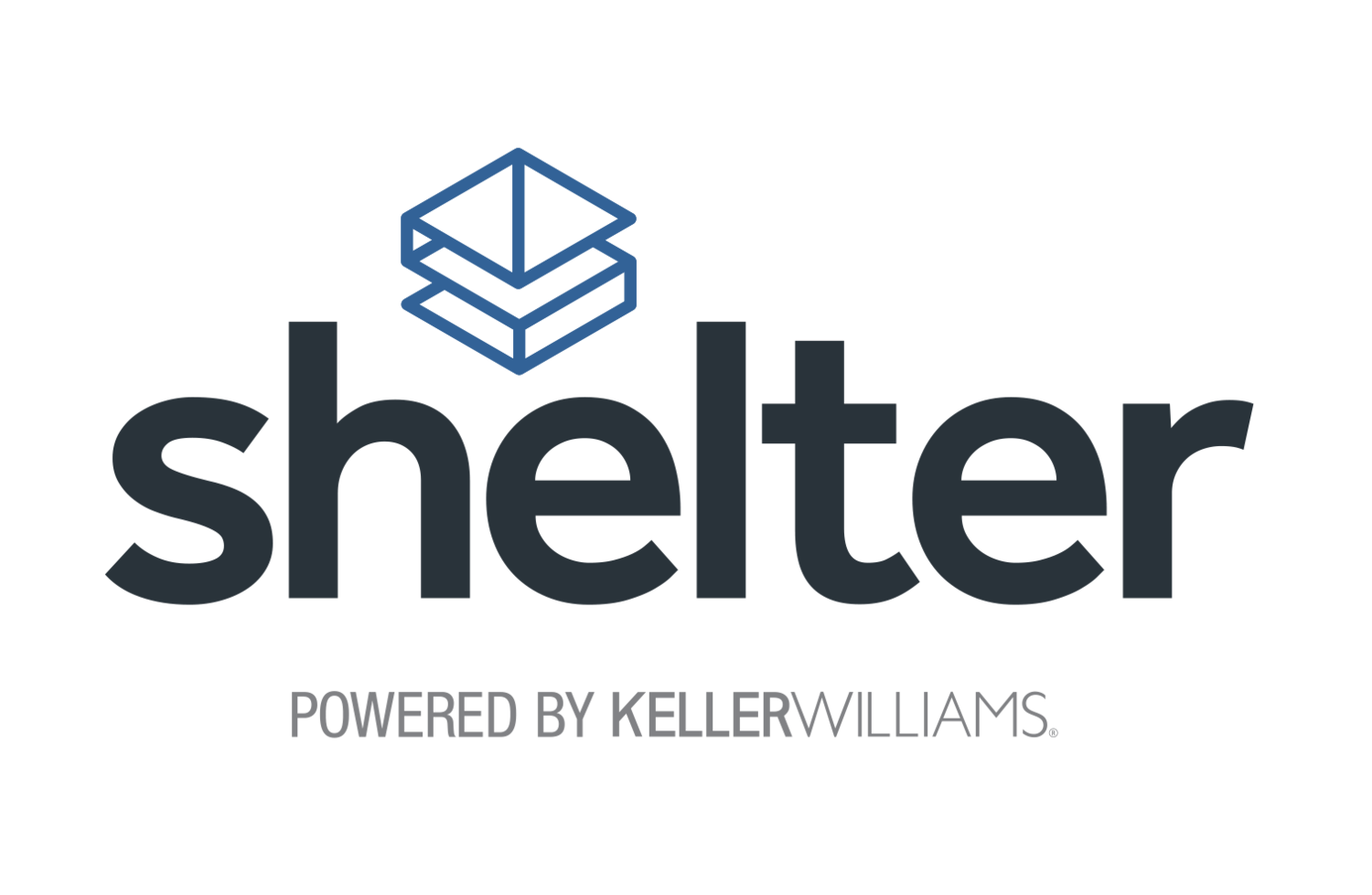via The New York Times
By Sydney Franklin | Published September 8, 2020
City residents head to new developments in walkable suburban communities where they can get apartments with more indoor and outdoor space.
Some New Yorkers who have moved out of the city since the beginning of the pandemic headed to the suburbs, but not to a typical suburban life.
Instead of a house with a picket fence and a front yard, many urbanites have opted to rent in newly developed apartment buildings or to buy condominiums in denser, walkable suburban communities, where apartments tend to be bigger and offer more outdoor space than comparable units in the city. The increased traffic from city dwellers surprised developers at first, but it quickly became clear that many New Yorkers were hoping to secure what they felt would be a safer, short-term future outside the borders of the city.
“Back in April, the narrative of this outbound migration to the suburbs was anecdotal,” said James Fitzpatrick, division president for luxury home builder Toll Brothers. “But over the past three months, that’s now become real and measurable for us.”
Sales on single-family homes in the suburbs spiked when the pandemic began in March. Many families fled New York in search of temporary rental homes or permanent second homes where parents could work remotely, children could attend online classes and everyone could enjoy the summer with sufficient social distancing. New Yorkers who chose to leave the city for a new apartment or condominium, however, had different priorities, namely an affordable and active lifestyle — two things that a locked-down New York no longer offered.
“Affordability became paramount almost overnight,” said Jonathan Miller, chief executive of Miller Samuel Real Estate Appraisers & Consultants. “Covid-19 removed, in the short term, a lot of the things in New York that make it the reason to be there.”
Nowhere is this shift more visible than in the suburbs of northeastern New Jersey. Until the pandemic, Hudson County, which includes Hoboken and Jersey City, was the top-performing real estate market in the state, according to Jeffrey Otteau, president and founder of Otteau Group, a real estate analytics and appraisal firm. But demand for condos, a popular market in this part of New Jersey, dropped by 13 percent from January through August of this year. The rental market there also suffered as people moved farther out into the state. Now, there are over 1,300 fewer occupied apartments in the area.
The rental market just beyond Hudson County, however, is a different story. Across the state’s 19 more suburban counties, new apartment complexes have popped up to take on-demand.
Next door in Essex County, PEEK Properties is opening a 39-unit rental complex at 475 William Street in downtown East Orange. In the two weeks since launching the property’s leasing website, the developer has received over 50 inquiries from prospective tenants, with 60 percent of them coming from New York.
At the end of August, Sherri and LeRoy Lambert moved out of their two-bedroom apartment on the Upper West Side and back to Maplewood, N.J., a place where they had lived and raised their children for 28 years. After also exploring rental options in South Orange, the Lamberts moved into a one-bedroom apartment at Clarus Maplewood, a three-year-old, 20-unit development by JMF Properties.
Mrs. Lambert described the decision as their most logical move for the time being. They plan to relocate permanently to their second home in New Orleans in about five years. “When we were deciding to leave the city it didn’t seem like we wanted to live in some random community,” she said. “Maplewood felt like coming home.”
At Quin Sleepy Hollow, a building in JMF Properties’ portfolio that opened last November in Plainfield, N.J., an average of 12 apartments leased from March to July, but the number jumped to 20 leases in August, and more than a third of the new tenants were New Yorkers.
Seventeen miles north in Bergen County, BNE Real Estate Group two weeks ago started leasing at One500, a 228-unit luxury rental. Thirty-four percent of the newly signed leases have gone to former New York residents.
Benji and Arielle Klein are moving to a two-bedroom apartment at One500 this week from their 600-square-foot spot on the Upper West Side. A handful of their New York friends signed leases in the building as well. “I’m honestly sad to leave the city, but it does help that our friends are there and we’ll have a balcony,” said Mrs. Klein. “We are paying much less for almost double the space.”
Suburban New Jersey isn’t the only area that has benefited from this urban flight. New buildings on Long Island, and in Westchester and Rockland Counties have also seen increased interest from New Yorkers.
At Harbor Landing, a 385-unit, luxury rental complex in Glen Cove, Long Island built by RXR Realty, Joseph Graziose Sr., the company’s executive vice president of residential construction and development said that initially, about 80 percent of the people who viewed Harbor Landing came from within an eight-mile radius of the building. “Now, we’re probably renting to about 30 percent of customers coming east, including New Yorkers,” he said.
Suburban condominiums like the Brownstones at Edge-on-Hudson in Sleepy Hollow have seen a boost in sales since June as well, with about 65 percent of new residents coming from the five boroughs.
Straight east and situated on Long Island Sound in Stamford, Conn., Harbor Point — an 11-building, 3,400-unit development — has welcomed scores of New Yorkers to its newest tower, Allure, in the last few months. Since June, 188 new leases have been signed, according to Ted Ferrarone, co-president of the site’s developer, Building and Land Technology, and about 35 percent of the residents who moved into the building in June came from New York. Three more buildings are under construction in the development.
“The pandemic has turned into a real driver of demand,” he said. “Interest across all our properties slowed for about three weeks at first, but then traffic really ramped up.”
Erika Colon, a headhunter for Covid-19 nurses and the owner of her own recruiting agency, moved to Allure in May after seven years in a 400-square-foot East Village studio apartment. Without a proper desk to work from, she often made phone calls from her bed during the pandemic.
Ms. Colon, who is originally from Stamford, now lives in a one-bedroom, corner unit with ample space and a waterfront-facing balcony. She said she now has enough room to breathe and focus on work.
“Sometimes you have to do something to make sure you feel comfortable from a mental health standpoint,” she said. “New York will always be there. It’s just a train ride away.”





















